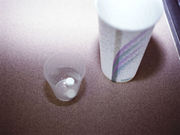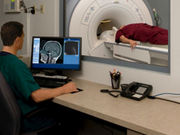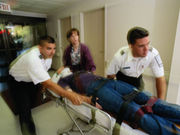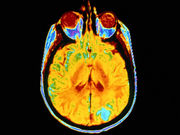Greater Transparency Being Promoted in Research
Move toward greater transparency has extended beyond medication products to other interventions
Bioresorbable Silicon Electronic Sensor May Monitor Brain
New device is designed to measure pressure, then dissolve, but human trials are far off
Traditional Foods Can Bring Joy to Dementia Patients
Traditional foods create feeling of belonging and joy; boost patients' sense of well-being
Pre-Stroke Aspirin Use May Reduce Stroke Severity
Less stroke severity for aspirin users versus nonusers with large artery atherosclerosis
Design of Physician Satisfaction Surveys Affects Results
Author makes recommendations for improving the accuracy and utility of scores
Medical Marijuana May Help Treat, Prevent Migraines
Average number of headaches cut in half, but experts say more research needed
Diagnostic Imaging Down With High Deductible Health Plans
Patients may not be equipped to discern which tests are medically necessary
Nonverbal Cues May Reveal a Physician’s Racial Bias
Doctors need to be aware of any unintentional biases they may be communicating
Compassion Fatigue May Be Underestimated by Trauma Teams
Acknowledging it is a key to coping, researchers say
Lower Risk of Parkinson’s With Higher Urate Concentration
Findings seen in men but not women, based on participants from three U.S. cohorts



















